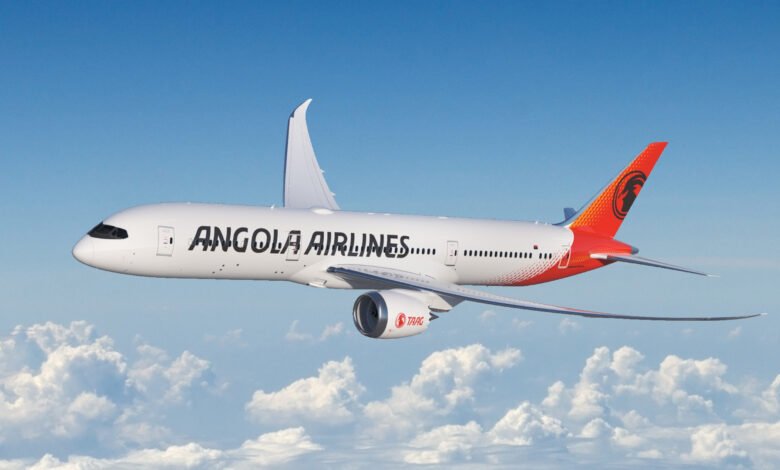Air Transport : a new takeoff thanks to the Dr. António Agostinho Neto Airport
At the 80th IATA Annual General Meeting, where airline leaders from around the world convened to discuss the future of air transport, TAAG Angola Airlines took the opportunity to reaffirm its ambitions.

By YG
The national airline TAAG Angola Airlines is undergoing a profound transformation, both strategically and infrastructurally. At the heart of this renewal: an ambitious growth plan, an internal organizational restructuring, and a new ultra-modern airport designed to make Luanda a true regional hub. TAAG Angola Airlines now serves 25 destinations: 13 domestic and 12 international. Last year, the airline carried nearly 1.4 million passengers. “We flew nearly 1,400,000 passengers last year,” said Miguel Carneiro, TAAG’s Chief Commercial Officer. But the ambition is much greater: “Our goal is to double that number by 2029,” he continued.
To achieve this, TAAG has launched its 2024–2029 strategic plan, with a new commercial philosophy focused on transforming its operational model. “We are reshaping the organization. We began by launching our new 2024–2029 strategic plan. We want to recruit and develop internal skills, particularly ground handlers and engineers. We have launched a pilot training program.”
Strategically, the hub is taking shape. “We have changed our commercial philosophy, moving from a point‑to‑point strategy to a hub strategy. This will allow us to create a stopover economy,” explains Miguel Carneiro. Central to this transformation is the new Dr. António Agostinho Neto International Airport, inaugurated on 10 November 2023 by President João Lourenço. Located approximately 40 km from Luanda in the Bom Jesus district, the airport covers 1,324 hectares and operates two parallel runways, one of which is 4,000 m long and able to host large aircraft such as the Boeing 747 or Airbus A380. Equipped with three terminals, including one dedicated to TAAG, it can handle 15 million passengers per year (10 million international and 5 million domestic) and 130,000 tonnes of cargo. The objective is clear: to transform Luanda into a hub between Southern, Central, and West Africa, much like Paris‑CDG. “Luanda is especially about destinations, about 20 % as a transit point. For example, passengers flying from Lisbon will stop in Luanda on their way to South Africa.”

Optimizing existing routes rather than launching new ones
Rather than rapidly expanding the number of routes like other airlines, TAAG prefers to strengthen the quality and frequency of its existing connections. “We’re going to offer flight times that are more attractive to passengers. We’ll increase frequencies on the same market. Last year, we flew seven times a week to Cape Town; now it’s more than ten times per week,” notes Miguel Carneiro.
TAAG is currently the second-largest airline operator in Angola market share-wise, applying a transit strategy through Luanda to facilitate connections between African countries, especially where direct links are few. “Luanda is also a transit point. A South African who wants to go to Lagos might go via Luanda.” While optimizing its current routes, TAAG continues network expansion: “We will open routes to Nairobi, Abidjan, Libreville, and Accra this year. Lagos, we’ve increased from four to five flights.” This growth will be supported by new aircraft: one Airbus A220 in June and three Boeing 787s expected between July and September.
Visa facilitation and continental vision
As part of this opening, Angola has implemented a tourist visa waiver for citizens of 98 countries, for stays up to 30 days per entry. “Regarding visas, the economic issue is clear, as is the migration issue. Regional economies need to develop sustainably. Employment must be present too. Barriers will fall if politicians commit,” analyzes Miguel Carneiro.
Finally, asked about the Single African Air Transport Market (SAATM), Miguel Carneiro remains optimistic but critical: “It’s delayed…”
With ambitious goals, a world-class airport, a modernized fleet, and a strategy centered on regional connectivity, TAAG Angola Airlines is positioning itself as a leading player in African aviation. In the meantime, as Miguel Carneiro humorously notes in the face of so many challenges: “When I started, I had hair…”






